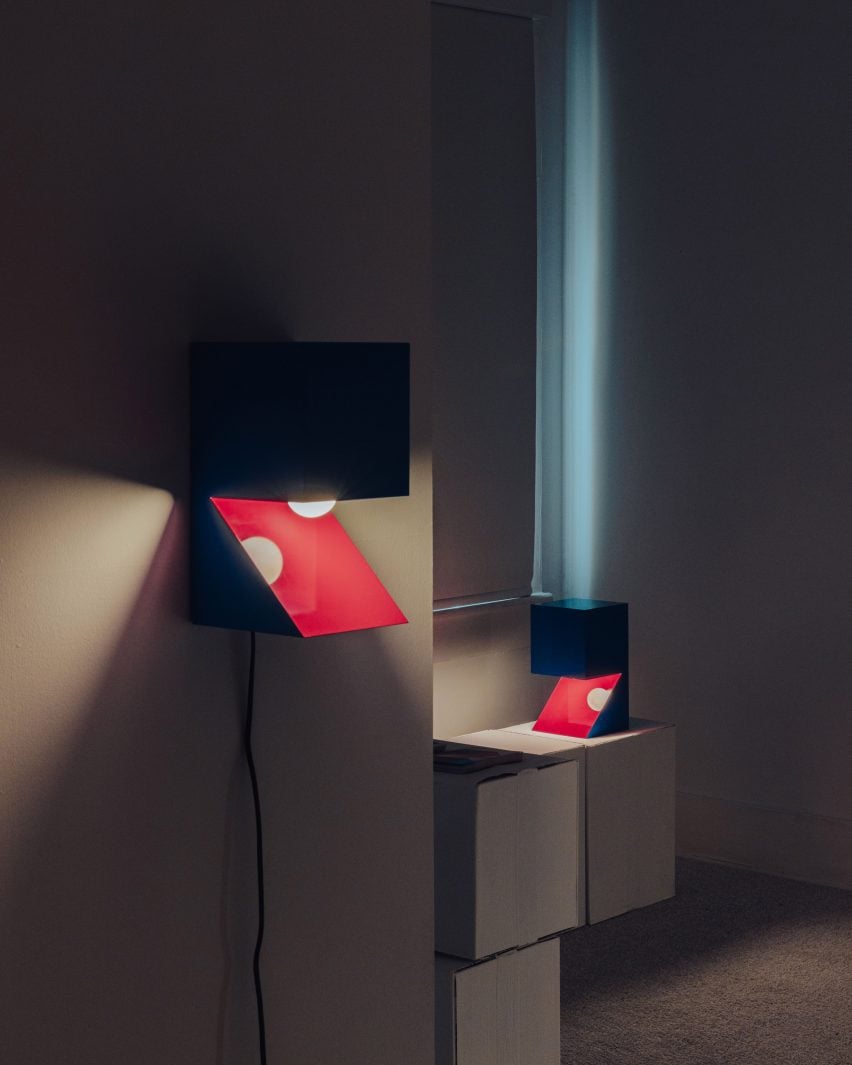Milan-based design platform Alcova showcased material and conceptual experimentation for an exhibition spread throughout the rooms of a historic property during Miami art week.
The second iteration of Alcova’s Miami venture, the event featured more than 50 exhibitors spread throughout the rooms and property of the Miami River Inn, which calls itself the city’s oldest hotel, located in the Little Havana neighbourhood.

It brought a much-needed edge to the design elements of Miami art week, and forefronted conceptual design relating to sustainability, material reuse and material experimentation.
Visitors were ushered through an outdoor corridor fronted by a pink Jon Buck-designed welcome desk into the property, where four vernacular wood-framed houses surrounded a wide-open courtyard.

It continues the fair’s tradition of showcasing design in historic, sometimes dilapidated, properties off the beaten path, such as a massive historical villa used for its 2024 showing in Milan.
“We almost always end up in quite scrappy buildings,” said Alcova cofounder Joseph Grimas.
“But when we’ve given them the treatment, they end up kind of cool,” he continued, adding that Alcova carried out an extensive clean-up of the property before the show.

In the outdoor corridor, Slovakia-based Crafting Plastics Studio showcased colourful sculptures made from bioplastics. The studio had a big year at Miami art week, also creating a large-scale installation from its bioplastic for Lexus at the ICA.
Crafting Plastics Studio co-founder Vlasta Kubušová said that she was glad Alcova has been making inroads into the United States through its Miami shows, noting that there is a deep curiosity about innovative material usage.
“This is a great spot for us because every year we see that the consciousness [around sustainable materials] is rising, and we feel that things are happening and accelerating faster in the United States,” she told Dezeen.

In the large courtyard in the centre of the property, Spanish designer Lucas Muñoz Muñoz showcased furniture and a speaker set up constructed from found industrial materials in the Miami area.
Also in the courtyard was a massive installation by food art studio Ananas Ananas comprised of spinning stainless steel vessels on legs inside the swimming pool.
Tangerines were skewered on metal spikes around the edges and visitors could pluck them off and eat them.
According to the studio, the water in the pool represented the amount needed to grow 1,033 pieces of tangerine and was designed to bring awareness to water usage in the food system.

In one of the houses, Cuban designer Danni Friedman and New York studio Ladies & Gentleman showcased the results of a design workshop carried out in Cuba in 2018, alongside works by other international designers.
The pieces were created to respond to “material limitations” and included a seat made from banana leaf by New York’s Vy Voi and a lamp made with found objects painted to resemble lathed wood by Allan Wexler.

Lisbon-based Studio Haos showcased experimental furniture that simulates the appearance of Japanese washi lanterns by using paper, metal and fibreglass to create a gridded, sturdy material.
Studio LoopLoop and Adam Kvaček both had exhibitions featuring objects made using biomaterials, as well as information showcasing their processes.
Sweden-based Studio Tooj presented a console made from 3D printing sand and a shelf made from mycelium, which had previously been featured in Alcova’s Milan exhibition.
Earlier this year, Dezeen deputy editor Cajsa Carlson elaborated on a trend during Milan design week where designers focused on all-metal construction for furniture.
Designers who took this root at Alcova include Mexico City-based Panorammma, Greek designer Theo Galliakis, who showcased metallic amphoras, and Bureau Parso’s aluminium veneer series.

Other stand-out designs included a series of rubber homeware by New York’s Rich Aybar, geometric lighting by Marco Zelli, and penis-shaped Delftware forms by Kevin Quale.
Miami-based Ukrainian studio Furn Object included a metal screen marked with holes that resemble bullet holes that “stands as a testament to resilience”.

Make Good Design and The Center for Subtropical Affairs filled an interior room with plants and included “self-watering planters” and audio elements.
Photography by Piergiorgio Sorgetti unless otherwise stated.
Alcova Miami is on show from 3 to 8 December as part of Miami art week. For more global events in architecture and design visit Dezeen Events Guide.

